Latest NRAO News
News is managed by NRAO News & Public Information. Questions about News? Have a story to share? Want to interview a scientist or create new media about our telescopes?
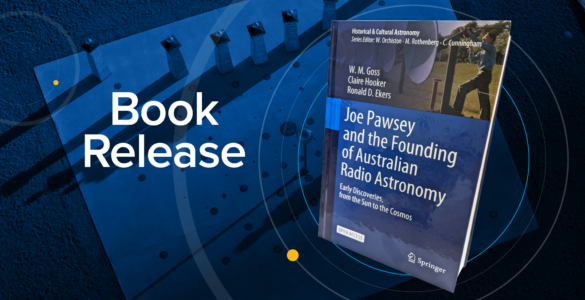
This book was more than 15 years in the making, and it is a collaboration of three authors across two continents who worked together to bring to light the story of Joe Pawsey, a key figure in Australian science and, especially, radio astronomy.
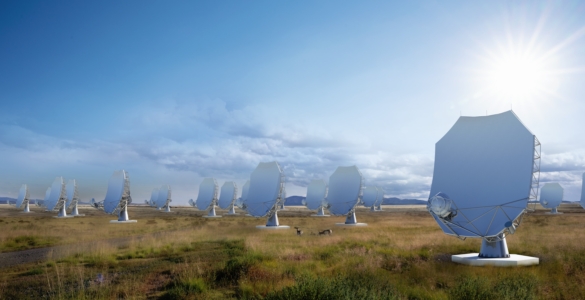
The largest astronomical array in North America is one step closer to becoming a reality. The National Radio Astronomy Observatory (NRAO) is pleased to announce that the National Science Foundation (NSF) has awarded a 3-year, $21 million grant to Associated Universities, Inc.(AUI) to further the design of the next generation Very Large Array (ngVLA).
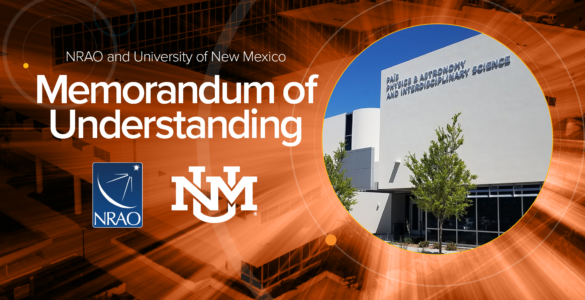
Through this partnership, NRAO and UNM will explore the potential of establishing the UNM College of Arts & Sciences’ Department of Physics & Astronomy as a host site for the ngVLA Data Processing and Science Operations Center.
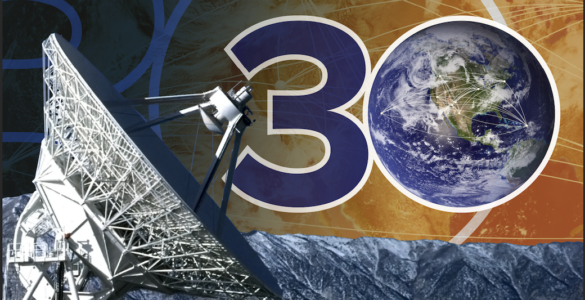
On August 20, 2023, the National Radio Astronomy Observatory (NRAO) marked 30 years since the National Science Foundation’s Very Long Baseline Array (VLBA) had its inauguration ceremony in the high desert of New Mexico.
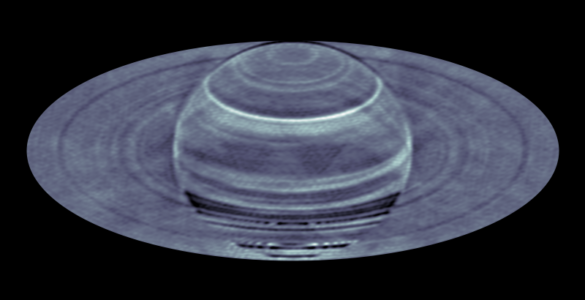
A study of rare megastorms on Saturn using data from the National Science Foundation’s Karl G. Jansky Very Large Array has revealed disruptions in the distribution of ammonia gas in the planet’s deep atmosphere. The findings raise questions about just how different gas giants can be from each other, and challenge scientists’ understanding of how megastorms may form on planets other than Earth.

Following a grant from Amateur Radio Digital Communications (ARDC), the National Science Foundation‘s (NSF’s) National Radio Astronomy Observatory (NRAO) launched a two-year project to engage BIPOC and LGBTQIA+ learners in learning about the electromagnetic spectrum and discovering the excitement of ham radio. The project, Exploring the Electromagnetic Spectrum (EMS) with Amateur Radio, offered its first learner-facing training in January 2023.





